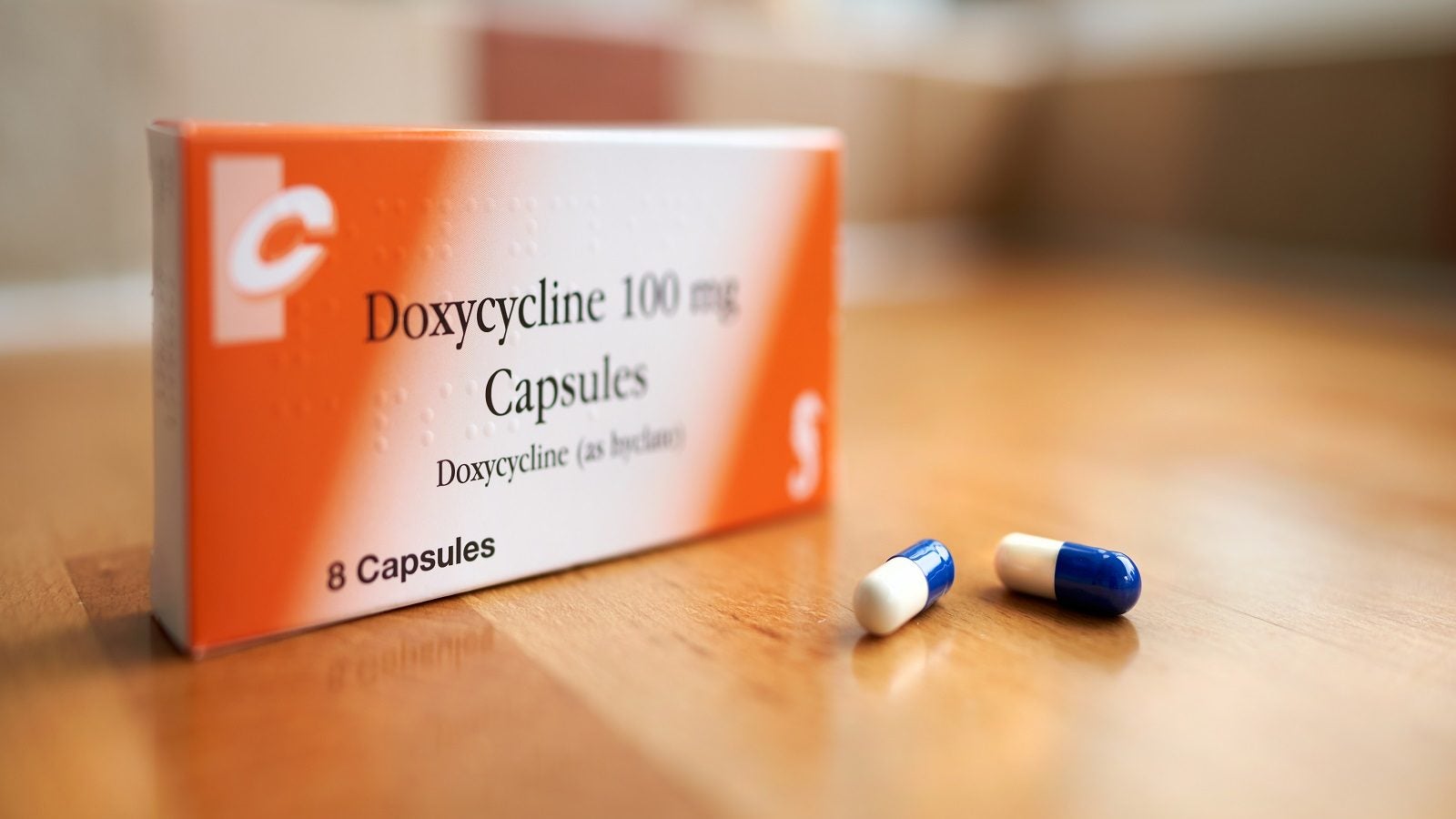Doxycycline for Acne: Weighing Benefits vs. Side Effects
Risks of Doxycycline for Acne Treatment
Lupin has recently received FDA approval for its new-dosage doxycycline hyclate tablet for the treatment of severe acne.
The tablet is a delayed-release form of doxycycline, which is effective because its absorption is independent of stomach pH.
Doxycycline is a common treatment for moderate-to-severe acne, and prescribed to nearly 100,000 acne patients in the UK.
The drug has historically showed positive results, particularly in young people.
However, research has shown that long-term use of the drug can have very severe side effects.
The price of clear skin
Mild side effects are experienced by Asian patients, in the form of changes in skin colour upon exposure to the sun.
However, a severe side effect that affects all long-term users of doxycycline is inflammatory bowel disease.
In the worst cases, severe inflammation causes the lower digestive tract to close, stopping blood circulation.
This inflammation may be caused by the dyes used to colour the capsule, or by sodium laureth sulphate, a chemical that helps the tablet break up in the stomach.
Symptoms can begin to show as early as after one month of using the drug.
Long-term use of doxycycline can also lead to food allergies as a result of the effects on the gut, which can last for nearly a year.
Worth the risk?
To prevent these damaging side effects, patients need to consume the drug safely.
The treatment routine should be monitored by a physician, and regular visits need to be made to a doctor or dermatologist to discuss progress and monitor patient health.
Additionally, drinking plenty of water and applying sunscreen can help protect against some of the side effects.
However, even if these methods are adopted, it is still questionable whether the risks associated with the drug ultimately outweigh the benefits.





